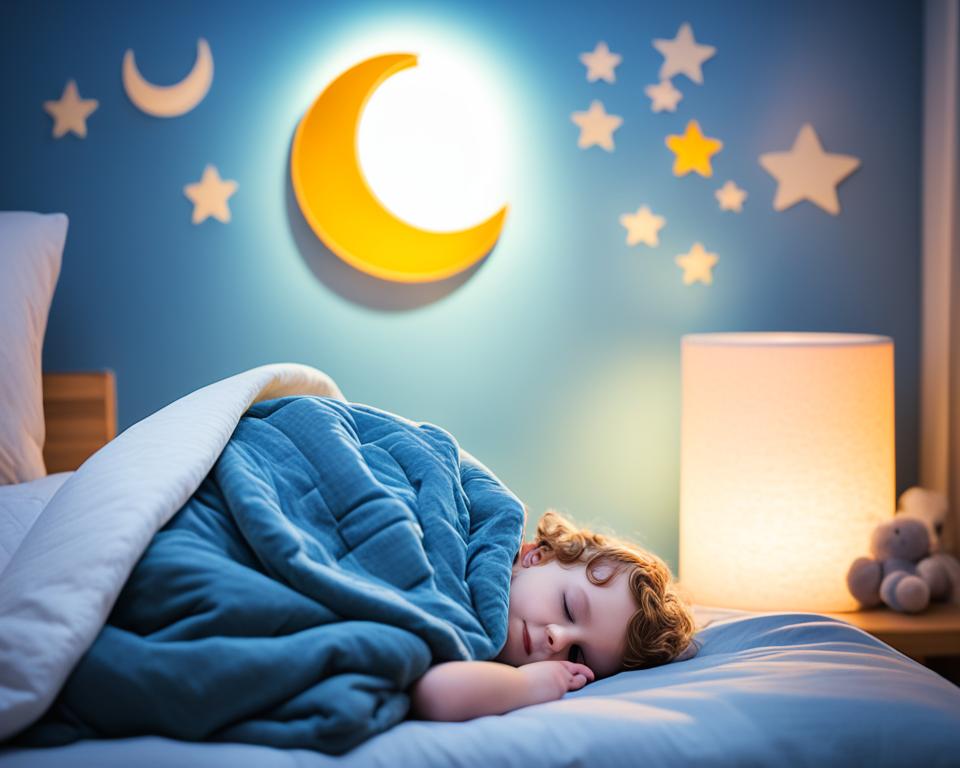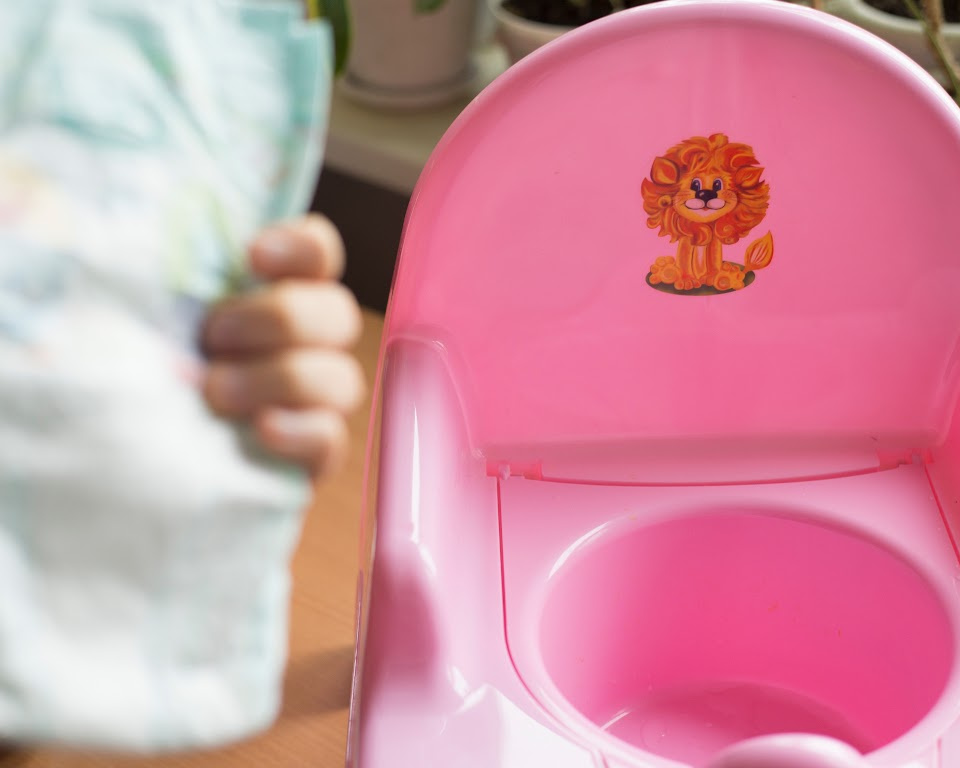Understanding how to communicate with a nonverbal autistic child is a challenge many parents, caregivers,…

How to Get an Autistic Child to Sleep Through The Night
For countless families, the challenge of autism and sleep problems is a nightly reality. Insights into improving sleep quality for autistic children are invaluable not only for their development but for family harmony too. Encompassing compelling research and practical advice, our strategies aim to ease these nightly struggles, offering a beacon of hope to weary parents.
From creating tranquil bedtime ambiances to fostering conducive sleep routines, these tips for helping autistic children sleep offer a roadmap for weary guardians. With firm empathy and a toolbox of adaptable strategies, we set forth a guide that will pave the way to quieter nights and brighter mornings for children on the spectrum.
Understanding Sleep Challenges in Autistic Children
For many families, ensuring an autistic child sleep through the night is a significant challenge. Unlike their peers, these children often encounter a variety of sleep-related issues that can range from problems with initially falling asleep, to restlessness throughout the night. Such difficulties can considerably disrupt bedtime routine for autistic kids and have wider implications for the family unit.
Several factors contribute to these challenges. Concerns akin to sensory processing difficulties, heightened levels of anxiety, and trouble with interpreting the social and environmental cues necessary for sleep can dramatically affect their ability to rest. Moreover, the body’s natural sleep regulators are often out of sync. Abnormal melatonin production, characterised by irregular tryptophan levels and mistimed melatonin release, plays havoc with their sleep-wake cycles, further complicating the issue.
This is particularly evident when routines are adjusted or during transitions, for instance with Daylight Saving Time changes or developmental phases like adolescence. Each alteration has potential to make the already complex issue of sleep for an autistic child even more daunting.
Sleep deprivation in autistic children can manifest in a range of adverse ways: escalated aggression, depressive symptoms, intensified hyperactivity, issues with behaviour, increased irritability, and cognitive performance decline. These repercussions highlight why understanding and addressing sleep challenges is not just about the individual child, but also about the parents and siblings whose rest and wellbeing are also at stake.
Strategies for settling an autistic child to sleep are therefore essential and can include:
- Establishing a consistent and structured bedtime routine
- Alterations to the bedroom environment to make it more conducive to sleep
- Consideration of dietary influences on sleep
- Managing sensory sensitivities and related anxieties
Implementing these approaches can be instrumental in addressing the unique sleep requirements of autistic children and fostering a restful night for the whole family.
How to Get Autistic Child to Sleep Through the Night

Securing restful sleep for autistic children can be a complex task, but by implementing certain strategies, parents can improve their child’s sleep routine and overall sleep quality. Tailoring the bedtime experience to an autistic child’s needs involves multiple considerations from the bedroom environment to sensory adjustments. Exploring these aspects closely unveils a plethora of techniques poised to make night times considerably smoother.
Creating a Calming Sleep Environment
Establishing a bedroom that nurtures creating a calming sleep environment for an autistic child is essential. This includes fundamental aspects like ensuring that the room is quiet, darkened with black-out curtains, and has a comfortable room temperature conducive to sleep. Removing elements that are likely to overstimulate, and deploying techniques to minimise noise disturbance such as soft carpeting or well-oiled door hinges are also effective strategies for settling an autistic child to sleep.
Establishing a Consistent Bedtime Routine
Consistency is vital when it comes to sleep training for autistic children. A bedtime routine that includes calming activities, like a warm bath or reading a story, can signal to the child that it’s time to wind down. Visual aids, as well as sticking to regular bedtime hours even during less structured periods like holidays, support the development of a reliable sleep pattern. This regularity not only promotes better sleep for autistic kids but also instils a sense of security and predictability.
Addressing Sensory Sensitivities
Addressing sensory sensitivities is imperative to promote comfortable and uninterrupted sleep. Choosing the right bedding and sleepwear, which are free from irritating textures or tags, can greatly reduce sleep resistance. By personalising the sleep environment to fit their sensory preferences, autistic children are more likely to relax and feel at ease, enhancing their overall sleep quality.
Considering Dietary and Physical Activity Factors
Nutrition and exercise are fundamental when striving to improve sleep quality for autistic children. Limiting intake of stimulants such as caffeine and sugar before bedtime is critical, as is ensuring regular physical activity to promote natural tiredness. Meal timing is also crucial; avoiding going to bed on an empty or too full stomach can help prevent sleep disturbances.
Exploring Melatonin Supplementation
For some autistic children facing persistent sleep issues, melatonin therapy for autism sleep problems can be a beneficial intervention. Considering that atypical melatonin release is a noted concern, seeking professional medical advice regarding supplementation could help regulate sleep cycles, offering a valid sleep aid for autistic child sufferers of sleep irregularities.
Conclusion
In synthesising the diverse array of strategies that have been explored throughout this article, it is clear that enabling an autistic child to sleep through the night is a multifaceted endeavour. It calls for crafting an appropriate sleeping environment, adjusting lifestyle factors, and steady adherence to routines that adapt to the child’s individual sensory needs. When parents apply practical strategies for better sleep in autistic children, they are likely to observe a discernible enhancement in their child’s nighttime rest and, by extension, in their daytime wellbeing.
The intricate dance between an autistic child’s distinctive requirements and their sleep patterns cannot be overstated. It is only through careful recognition and attentive modification of daily habits that one stands to advance the slumber experience of these children. By implementing a tapestry of sleep-inducing techniques rooted in environmental comfort, dietary considerations, and sensory adjustments the journey towards achieving restorative sleep for autistic children becomes less arduous and more rewarding for everyone involved.
Assurance of a nurturing sleep environment serves not only the child but fosters a calmer, more centred household atmosphere. The hallmarks of success in these efforts are reflected in a child’s improved alertness, mood, and overall engagement with the world around them. Hence, the aim is unambiguous: to ensure that every night, strategies dovetail seamlessly with individual needs, paving the way for peaceful respite and more harmonious days ensued.
FAQs
What are some common sleep problems in autistic children?
Autistic children often experience difficulties such as trouble falling asleep, frequent night wakings, early morning rising, insomnia, sleep apnea, bedtime resistance, parasomnias, and restless leg syndrome.
How can I create a calming sleep environment for my autistic child?
To create a calming sleep environment, ensure the room is quiet, dark, and at a comfortable temperature. Use black-out curtains to block external light, address noise levels with soft carpeting, and choose bedding that suits your child’s sensory preferences.
What does a consistent bedtime routine for an autistic child involve?
A consistent bedtime routine involves regular, calming activities such as a warm bath, dressing in pajamas, and reading a story, alongside transitioning with quiet activities, cleaning teeth, and using visual cues to help your child understand and follow the routine.
Why is addressing sensory sensitivities important for an autistic child’s sleep?
Autistic children may be particularly sensitive to textures and fabrics, so selecting non-irritating pajamas and bedding can reduce bedtime resistance and improve overall sleep quality by avoiding sensory distractions.
How do diet and physical activity impact an autistic child’s sleep quality?
Diet and physical activity are significant factors in an autistic child’s sleep quality. Avoiding caffeine and sugar before bedtime and ensuring regular, well-timed physical activity promotes natural tiredness and a better sleep-wake cycle.
Can melatonin supplementation help an autistic child sleep better?
Melatonin supplementation may help some autistic children with abnormal melatonin production patterns. Consult with a paediatrician for safe and effective use of melatonin to improve your child’s sleep-wake cycle.
What strategies can help settle an autistic child to sleep?
Strategies include creating a suitable sleep environment, establishing a predictable bedtime routine, adjusting dietary and exercise habits, addressing sensory needs, and exploring melatonin supplementation if appropriate.
How can I improve the sleep quality for my autistic child?
Improving sleep quality can involve maintaining a cool, dark, and quiet bedroom, providing comfort with suitable bedding, consistent bedtime routines, managing dietary intake, sufficient physical activity during the day, and possibly using melatonin therapy.



This Post Has 0 Comments